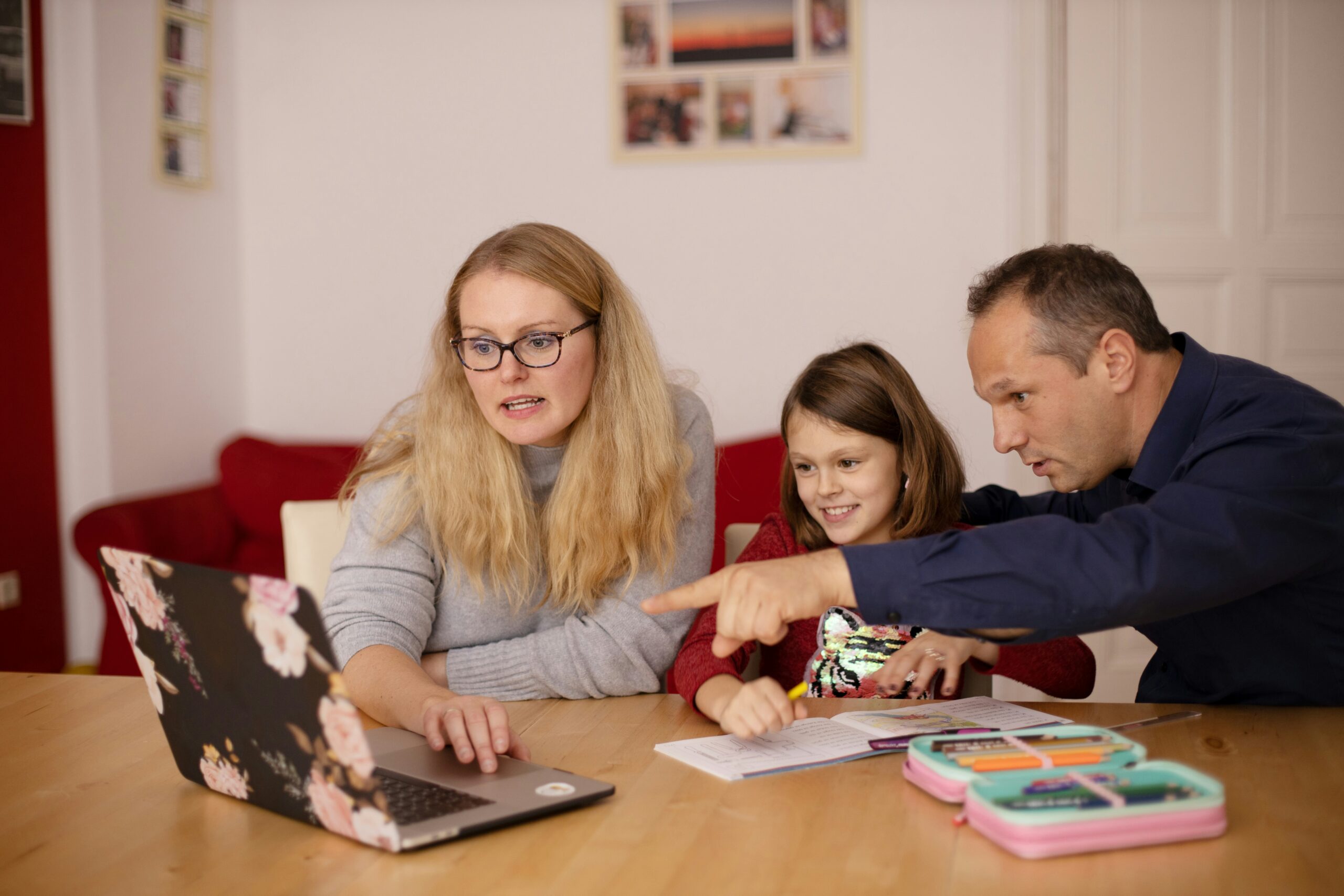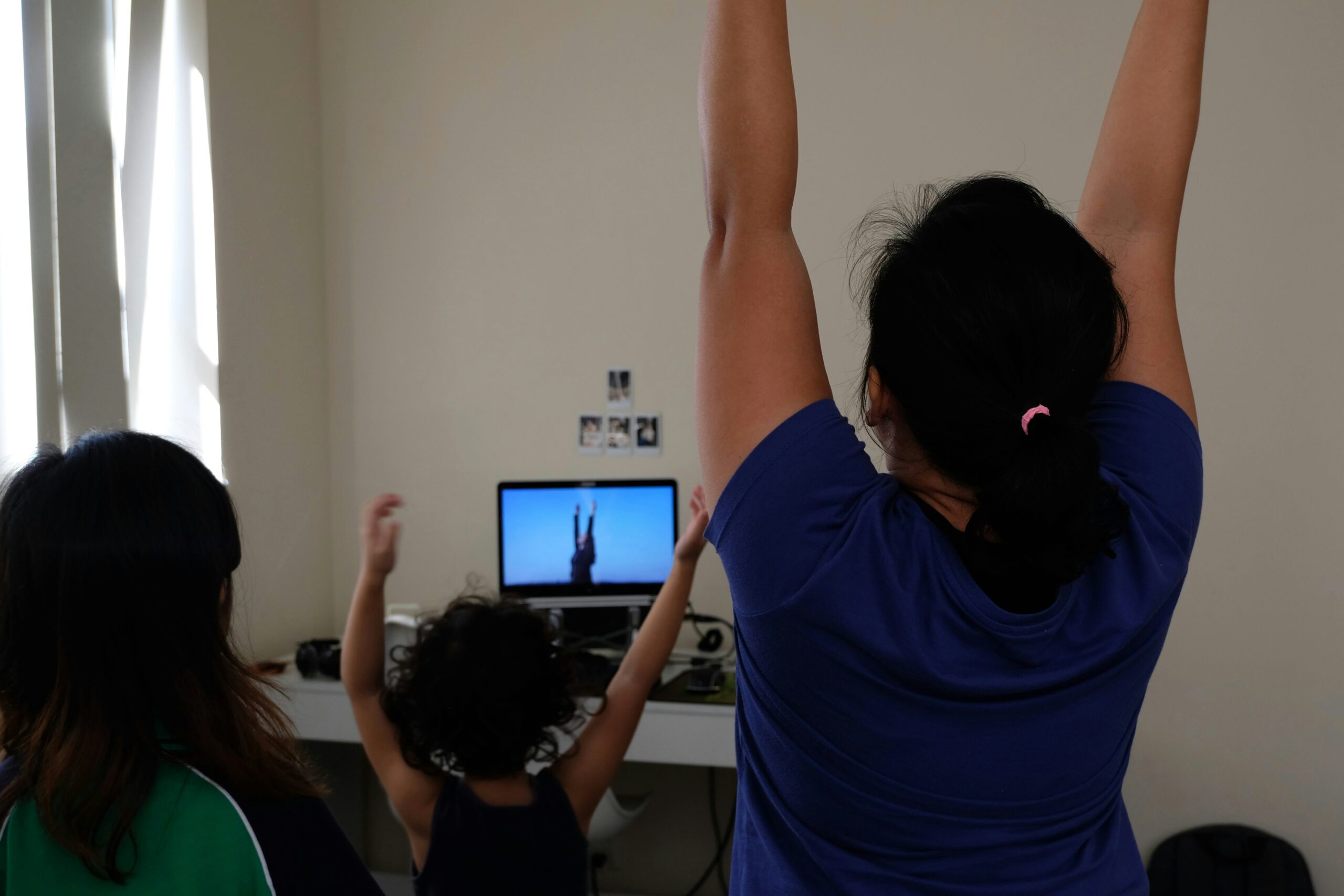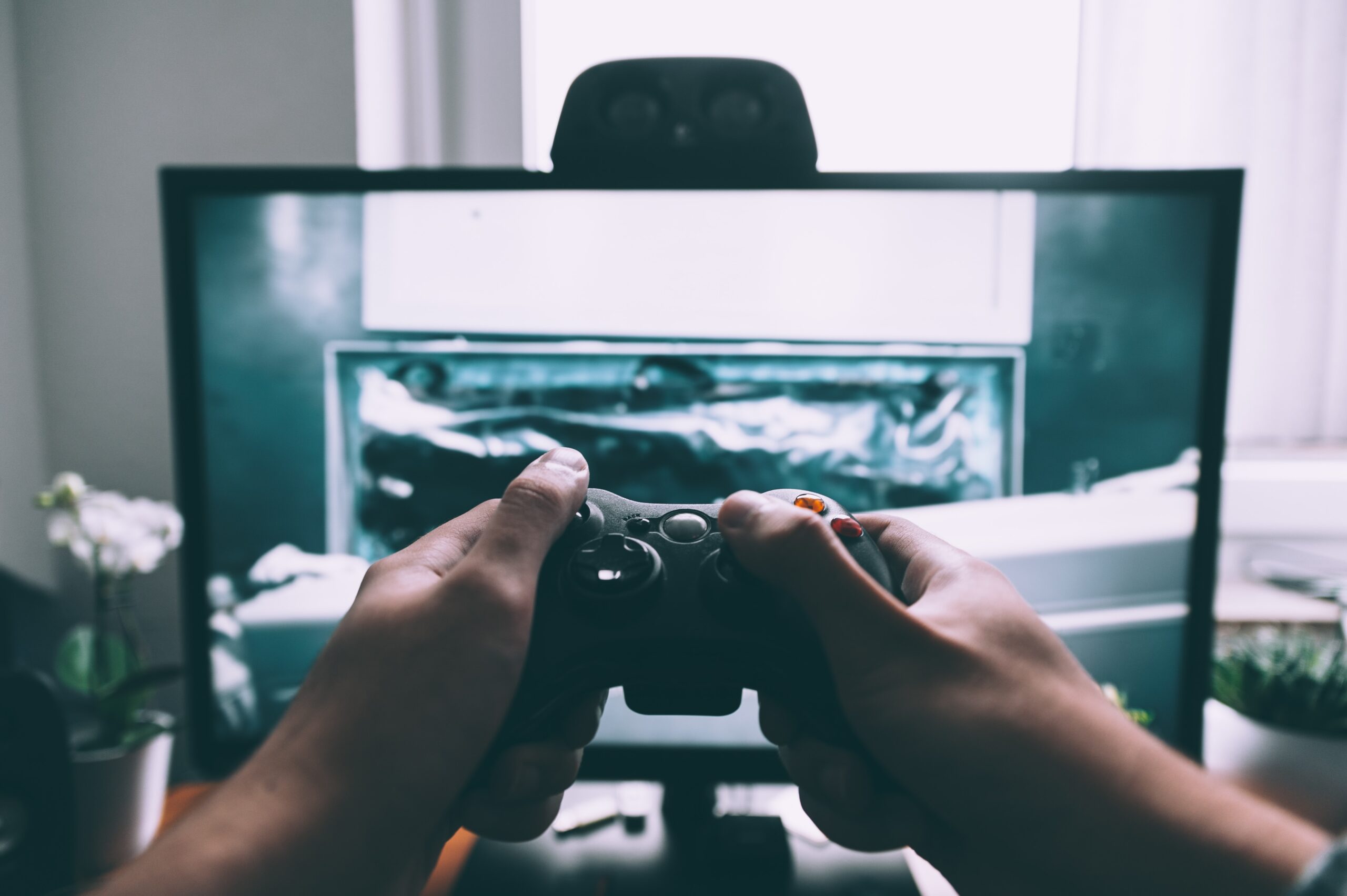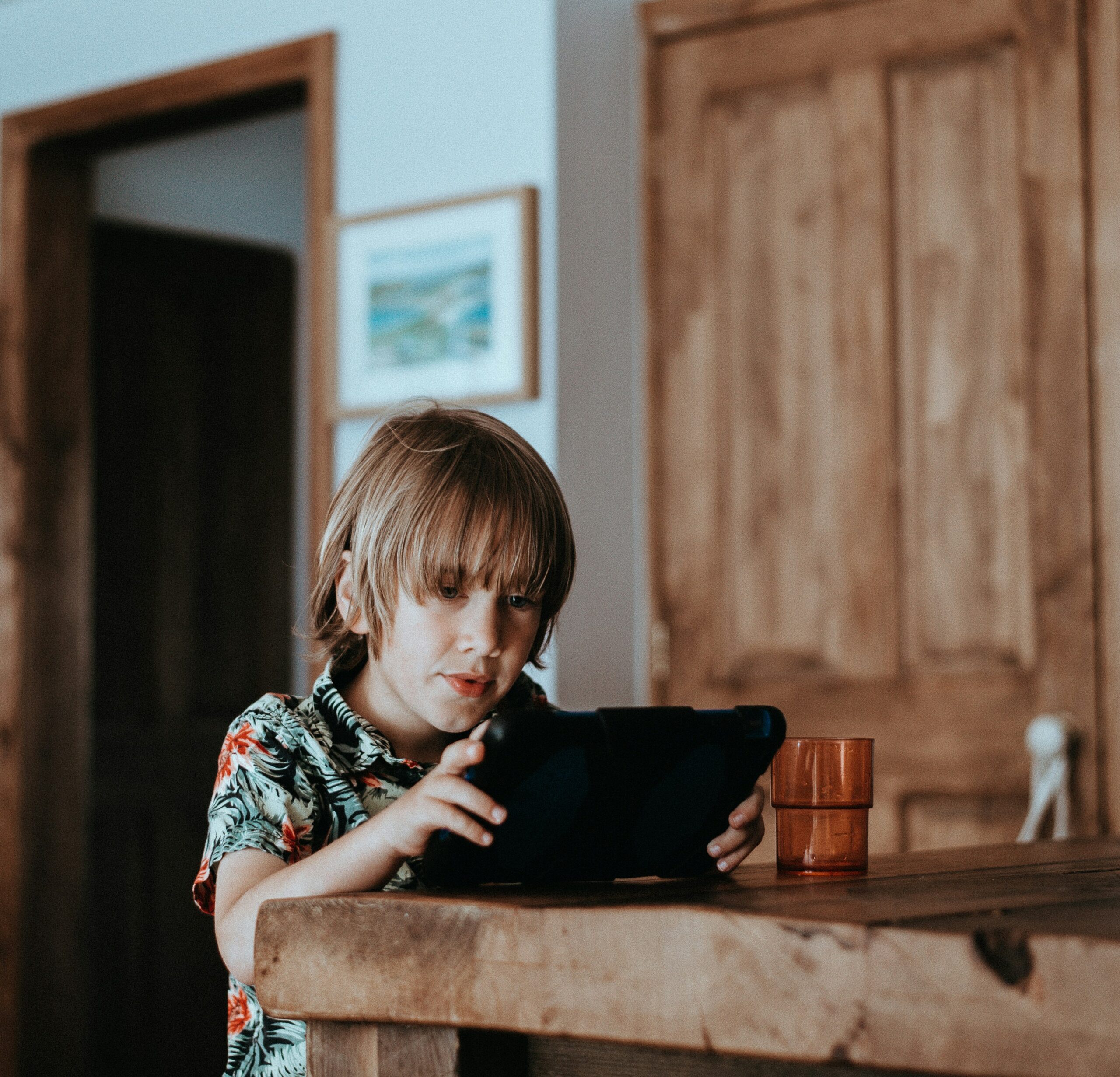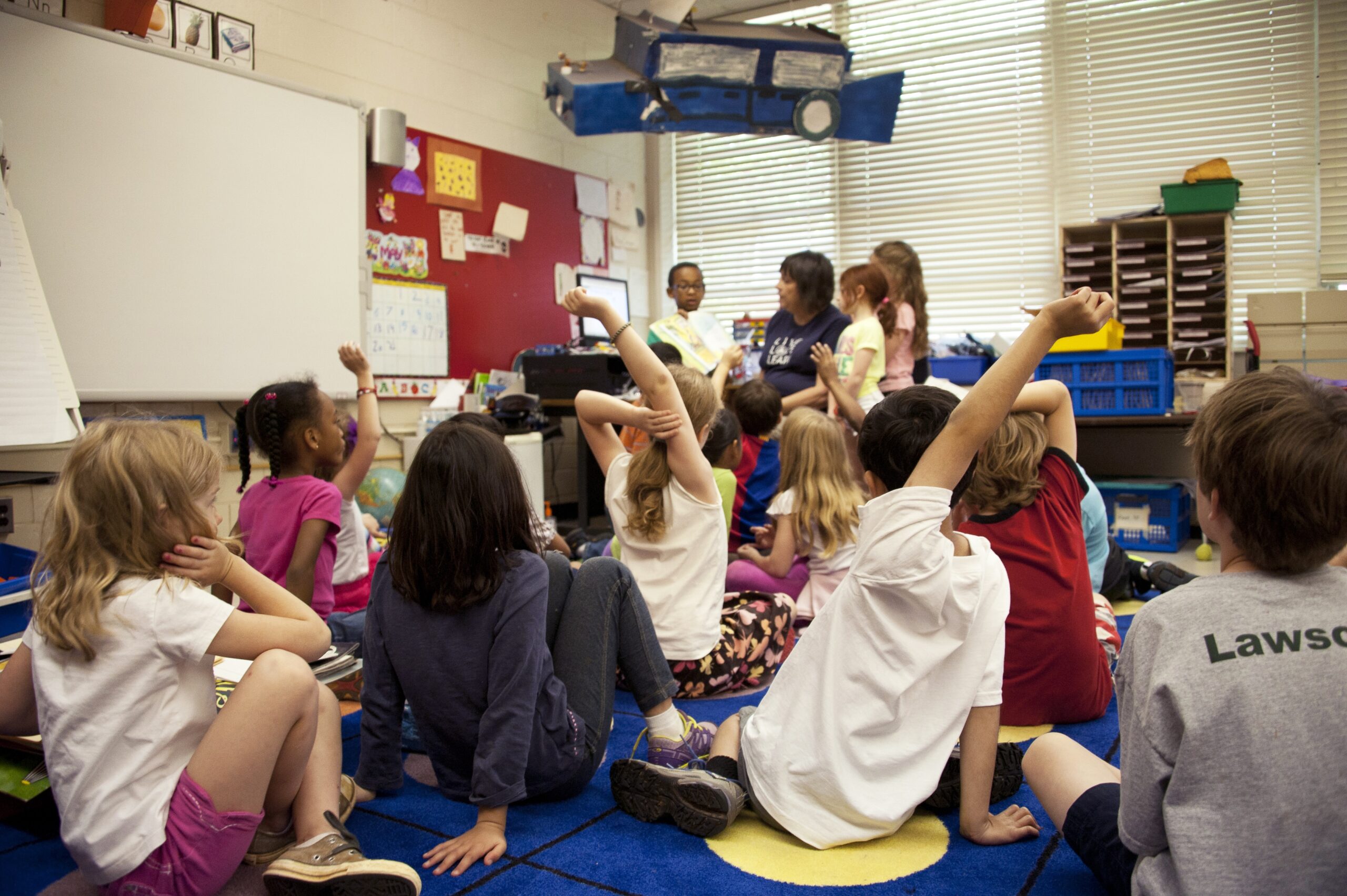The advent of digital technologies has profoundly altered our daily lives, especially those of the very young. The use of screens is not without consequences for children and the parent-child relationship. This article focuses on passive listening and its influence on family dynamics. It also aims to enlighten parents on best practices for integrating screens into their offspring's lives in a healthy and constructive way.
Screens and exposure in young children
Exposure to screens before age 3
Children are exposed to digital media from the very first years of their lives, whereas before the age of 3, the rule is zero exposure. This practice raises questions about its impact on their development. This early exposure requires special attention to avoid negative effects on their growth.
Impact of screen use on young children
Research shows that excessive exposure to screens can impair children's cognitive and emotional development, particularly by limiting their social interactions (Rachel Acheson, 2022) REF [^1^]. It is therefore important to understand and moderate the use of these devices to protect their well-being.
Advice on the use of screens by very young children
It is advisable to monitor and limit the use of digital devices by very young children. Activities that stimulate their imagination and physical development should be favored. Outdoor recreation and reading can also contribute to balanced growth.
Screens and children's health
The effects of overexposure to digital devices on mental and physical health in toddlers
Overexposure to screens is associated with sleep and attention disorders, as well as an increased risk of obesity in children (Shaun Liverpool et al., 2023) REF [^2^]. Clear rules must be established to safeguard their physical and mental health.
Digital media and public health: what are the concerns?
The impact of connected devices on young children's health is becoming a major public health concern. Appropriate information and awareness campaigns are needed. Raising awareness among parents and educators is crucial to instilling healthy habits from the earliest age. A nationwide, longitudinal study published by Santé publique France found that the amount of time French children spend in front of screens has increased in recent years.
The parent-child relationship and the use of screens
Pediatric recommendations for a healthy parent-child relationship in the presence of screens in the home
The presence of screens alters the quality of interactions between parents and children, often to the detriment of moments of sharing and direct communication. To preserve the quality of the parent-child relationship, it's vital to establish clear restrictions on the use of these devices in the home. Screen-free family time can strengthen family bonds and foster children's emotional development.
Communication and family interaction with screens
Strategies for limiting the negative impact of screens on family dynamics
Establishing "screen-free zones" and dedicated times for family activities can help reduce the negative impact of screens on family life. Encouraging open discussions about the content viewed can also be beneficial for children's critical development.
Understanding passive listening and its impact on the parent-child relationship
Passive listening is characterized by the presence of constant background noise from digital devices. This is likely to diminish the quality of exchanges within the family. It can also limit opportunities for verbal and non-verbal interaction between children and their parents. This can compromise the emotional and social development of children. It is therefore necessary to moderate children's exposure to screens to encourage interactive and engaging activities. This also helps to counterbalance the effects of passive listening.
Children's screens, video games and tablets
Video games and their impact on children
While video games can develop certain cognitive skills, their excessive use is linked to risks of addictive behavior and attention disorders in children. Moderate, supervised use can, however, offer educational benefits.
Using tablets with young children: advice and best practices
Tablets, if used in a supervised way, can be enriching educational tools, provided that the focus is on educational and interactive content. It's best to choose applications adapted to the child's age, and to limit the time of use to avoid over-stimulation.
The benefits of exposure to digital devices for children
Screens can be used intelligently. They then become opportunities for learning and development, notably through educational applications and programs adapted to the child's age. It is vital to ensure that these tools complement, rather than replace, human interaction and physical activity.
Analysis of screen time in children's daily lives
Careful analysis of the amount of time children spend in front of digital media reveals the need for a balanced approach, where technology serves as a complement. It's up to adults to establish healthy habits from an early age to help them navigate an increasingly digitized world.
Education in the age of screens: challenges and prospects
Educational practices related to the use of screens by young children
Integrating digital technologies into educational practices requires careful thought about content, screen time and interaction with children. A well-balanced approach makes it possible to take advantage of the benefits of these devices while minimizing their drawbacks.
Experts' views on integrating screens into children's education
Experts stress the need for a sensible approach that recognizes the potential benefits of screens while warning against their risks. Educators and parents need to be trained in the best practices for integrating screens into education in a beneficial way.
The challenges of screen-based education: perspectives and debates
The debate on the use of screens in children's education reflects the complexity of striking a balance between the educational benefits and the risks of overexposure. Collective reflection is needed to develop educational strategies adapted to the digital age.
In conclusion
Managing young children's use of screens is a challenge for parents and educators. A balanced approach that prioritizes the quality of interactions and the conscious use of digital media is crucial to children's well-being and harmonious development.
Disclaimer
This article is intended for educational and informational purposes and should not be construed as medical advice.
References
REF [^1^]. Rachel Acheson, "Research digest: Digital technology and its impact on child mental health", Journal of Child Psychology and Psychiatry, 2022.
REF [^2^]. Shaun Liverpool, Yasmin Draoui, Judea Tucker, Brent Pereira, Jamal Prescod, Michael Owen, Catherine Trotman, "Factors associated with children and young people's mental health in the English-speaking Caribbean region: Systematic review and narrative synthesis", PLOS ONE, 2023.



